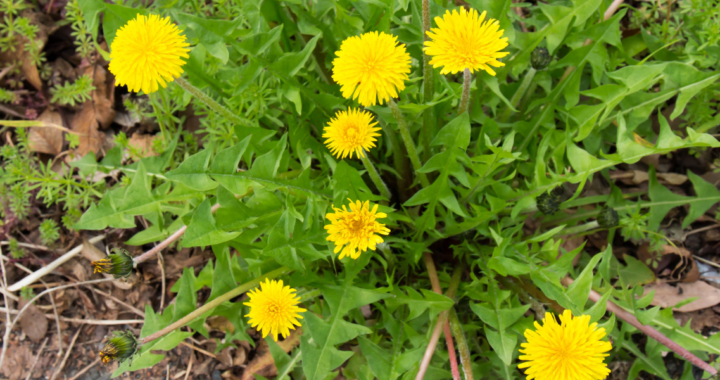No one likes to see weeds dotting their lawn or garden. With all the time and care you’ve put into your landscape, battling weeds with no end in sight can be a frustrating experience.
So, if dandelions and other pesky perennials are cropping up all over your lawn and planting beds, you may need to reassess your weeding strategies. Below, we’ve outlined some helpful ways to get rid of weeds, both by hand and through chemical treatments.
But first, let’s figure out which weeds we’re dealing with.
Common Minnesota Weeds
White Clover: White clover is characterized by patches of clover and delicate white flowers. It grows best in under-fertilized lawns and full sun, so if your lawn is thin and malnourished, it might play host to white clover.
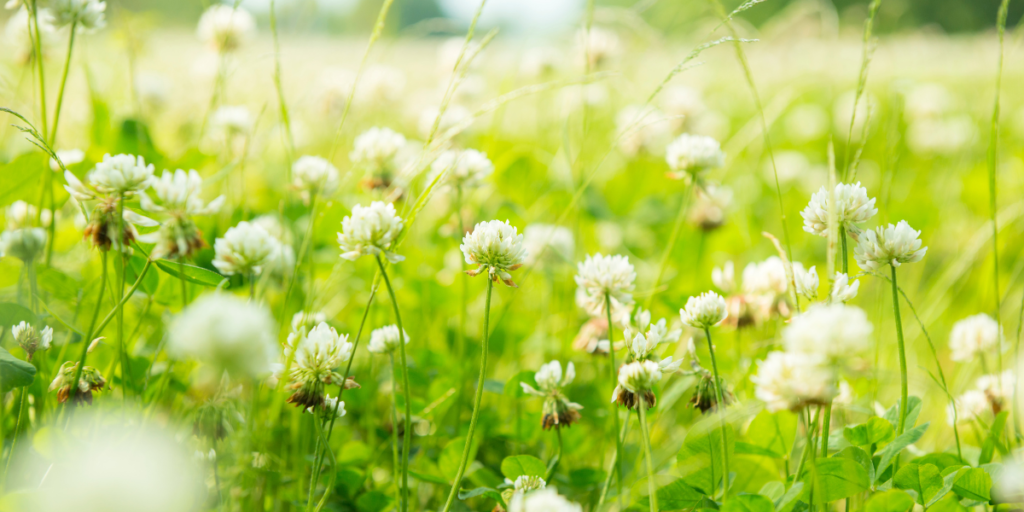
Dandelions: Delightful to children and annoying to adults, dandelions can pop up just about anywhere. Still, they prefer nutrient-deficient soil and low cut grass, so fertilize your lawn and mow high. When the yellow flower transforms into a sphere of seeds, avoid blowing on them (unless you want more dandelions).
Canada Thistle: Growing anywhere from 2-5 feet tall, the Canada thistle’s long green stems sport purple flowers, pointed leaves, and sharp barbs. In July, you’ll notice the flowers are replaced with white seed heads. It is highly invasive and grows an expansive root system, so try to pull up this weed before it seeds.
Crabgrass: Crabgrass has flat, wide leaf blades that grow outward (kind of like crab legs). If you mow your lawn too short or allow bare turf to remain uncovered, your lawn will be vulnerable to crabgrass.
Creeping Charlie: Creeping Charlie is a green vine with purple flowers and jagged-edged leaves. The vines cross along the soil, forming a dense cover over the ground. It thrives in unhealthy lawns, so to prevent this weed, feed your lawn with plenty of nutrients.
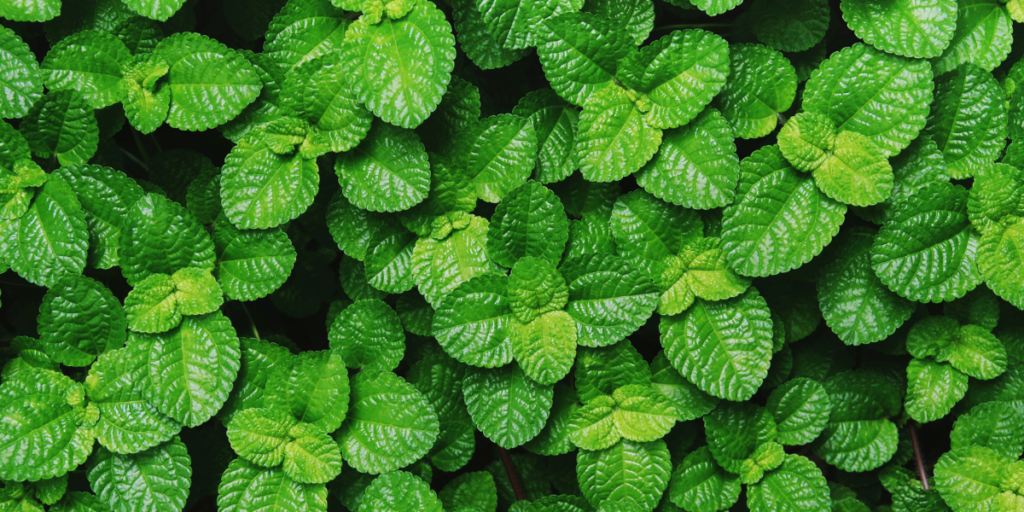
Broadleaf Plantain: Green, oval-shaped leaves form the rosette pattern of this hearty weed. Broadleaf Plantains thrive in compacted and wet soil. To prevent this weed, aerate your lawn and make sure you aren’t over or underwatering it.
Now that we’ve identified some of the most common weeds in Minnesota lawns and gardens, it’s time to talk about removal.
Manual Removal
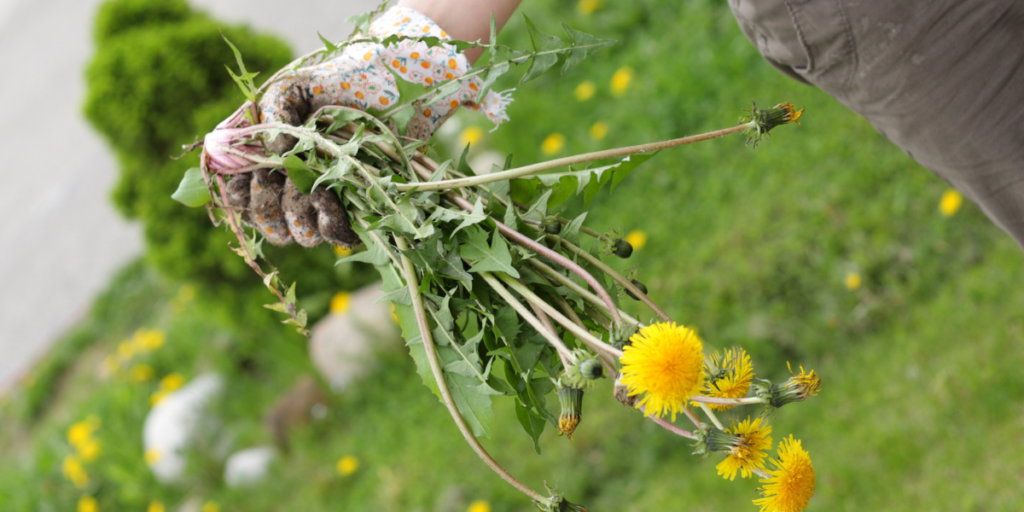
Manual removal of weeds is arguably the most environmentally-friendly kind of weeding. With manual removal, you either pull up the weed by hand or use a gardening tool to dislodge it from the ground.
If you’re going to pull out the weeds by hand, it’s a good idea to water first. This will soften the soil, making it easy to unearth the weed with its roots fully intact. And, of course, make sure you put on some gardening gloves first. (Check out these fancy gloves with claws, dubbed the best gardening gloves by Family Handyman magazine.)
Gardening tools are a must if you’ve got weeds with stubborn or large root systems, like the Canada thistle. Here are some handy tools you can use to eradicate weeds:
- Garden hoe: Slices through thick weed roots with extra leverage.
- Handheld garden hoe: Less leverage than the traditional garden hoe, but more maneuverability.
- Cape cod weeder: For weeding in tight spaces, such as around vegetables.
- Garden knife: A multi-use garden tool that’s excellent at uprooting weeds.
- Handheld garden cultivator: Its three prongs can dig up weeds around plant stems.
- Garden Weasel Step and Twist: For those who prefer to stand while weeding.
- Fishtail/dandelion weeder: For severing the deep roots of dandelions.
Chemical Removal (Herbicides)
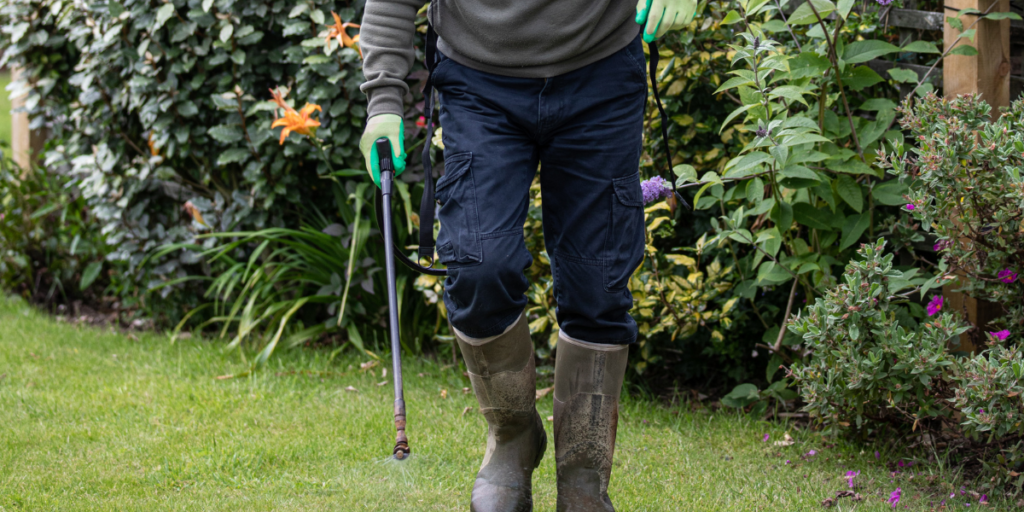
Herbicides can be applied to the weeds in your lawn to either kill the weed or prevent its seeds from germinating. Chemicals can be damaging, so if you’re going to apply a chemical herbicide make sure to use caution. There are natural and DIY herbicide options you can use to get rid of weeds, too.
There are two types of chemical herbicides: post-emergent herbicide and pre-emergent herbicide. Post-emergent herbicides kill weeds that have already sprouted, while pre-emergent herbicides act as a preventative step to make sure weed seeds can’t germinate. An effective weeding strategy will include both.
Pre-emergent herbicides…
- Require an even, full-lawn application.
- Need to be applied when temperatures are above 55 degrees.
- Must be watered-in after application.
- Are usually applied in late summer/early fall.
Post-emergent herbicides…
- Are applied as-needed, usually spot treatments.
- Are most effective when weeds are young.
- Should not be applied if the temperature is above 85 degrees.
- Work best when the lawn has not been mowed for three days prior or after application.
- Can be applied as a blanket treatment if a lawn is overrun.
- May need to be watered-in after application.
Prevention
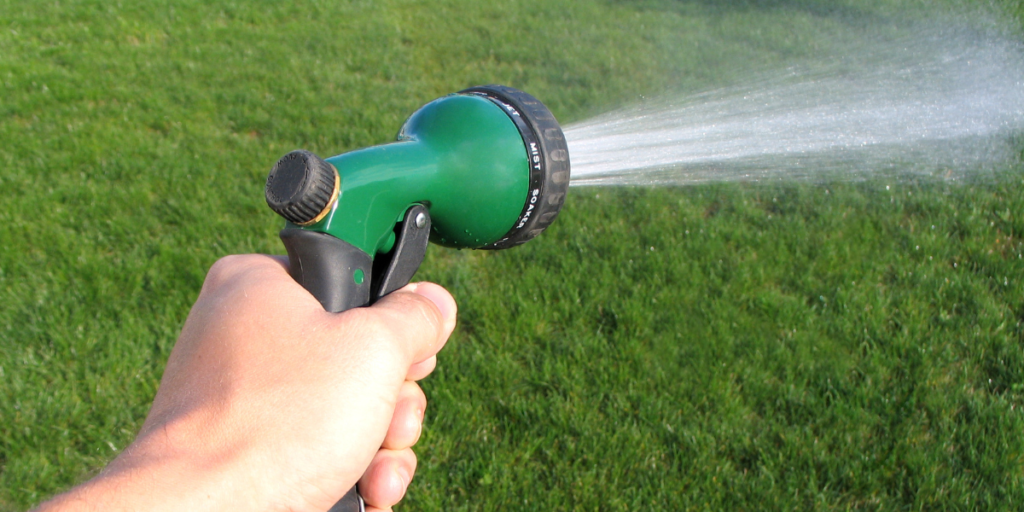
Prevention is always easier than doing damage control. Aside from pre-emergent herbicides, there are several ways you can prevent weeds from sprouting in your lawn and garden.
As you may have figured out, a healthy lawn is the best deterrent of pesky weeds. Here are a few ways you can improve the health of your lawn.
- Water just enough. Overwatering or underwatering will invite weeds that prefer the extremes of wet and dry. Setting up an automatic watering system with a timer can make sure your lawn is getting the right amount.
- Fertilize. The best time to fertilize your lawn is in early spring, between February and April. Read the instructions on your chosen fertilizer carefully for the best results.
- Aerating your lawn. Aerating entails punching holes in the ground to reduce compaction and allow air into the soil. This makes it easier for nutrients and water to reach the roots of your lawn, which encourages a thick growth.
- Mow high. The higher your lawn, the more the blades of grass will block the sun from reaching the soil. Shade discourages weed seeds from germinating.
To prevent weeds from permeating your garden, you might consider:
- Covering bare turf. Using landscape fabric or mulch, you can cover parts of the garden that are bare. If you’re using fabric, cut holes in it large enough to fit your plants. Any weed seeds underneath the fabric won’t be able to germinate without sunlight.
- Keeping your plants close. Plant your veggies and flowers close together so the shade they create discourages weeds from popping up around them.
Leave the Maintenance to McDonough
Does your garden need a professional touch? McDonough’s landscape maintenance services will make sure your planting bed is the envy of the neighborhood. Our expansive landscape services include planting bed start-up, weekly or monthly maintenance packages, seasonal display projects, and more.
With additional services like mosquito control and snow removal, McDonough Landscaping is the Twin Cities’ one-stop shop for year-round landscape maintenance needs. Give us a call today for more information or to schedule an appointment.
